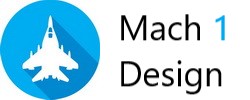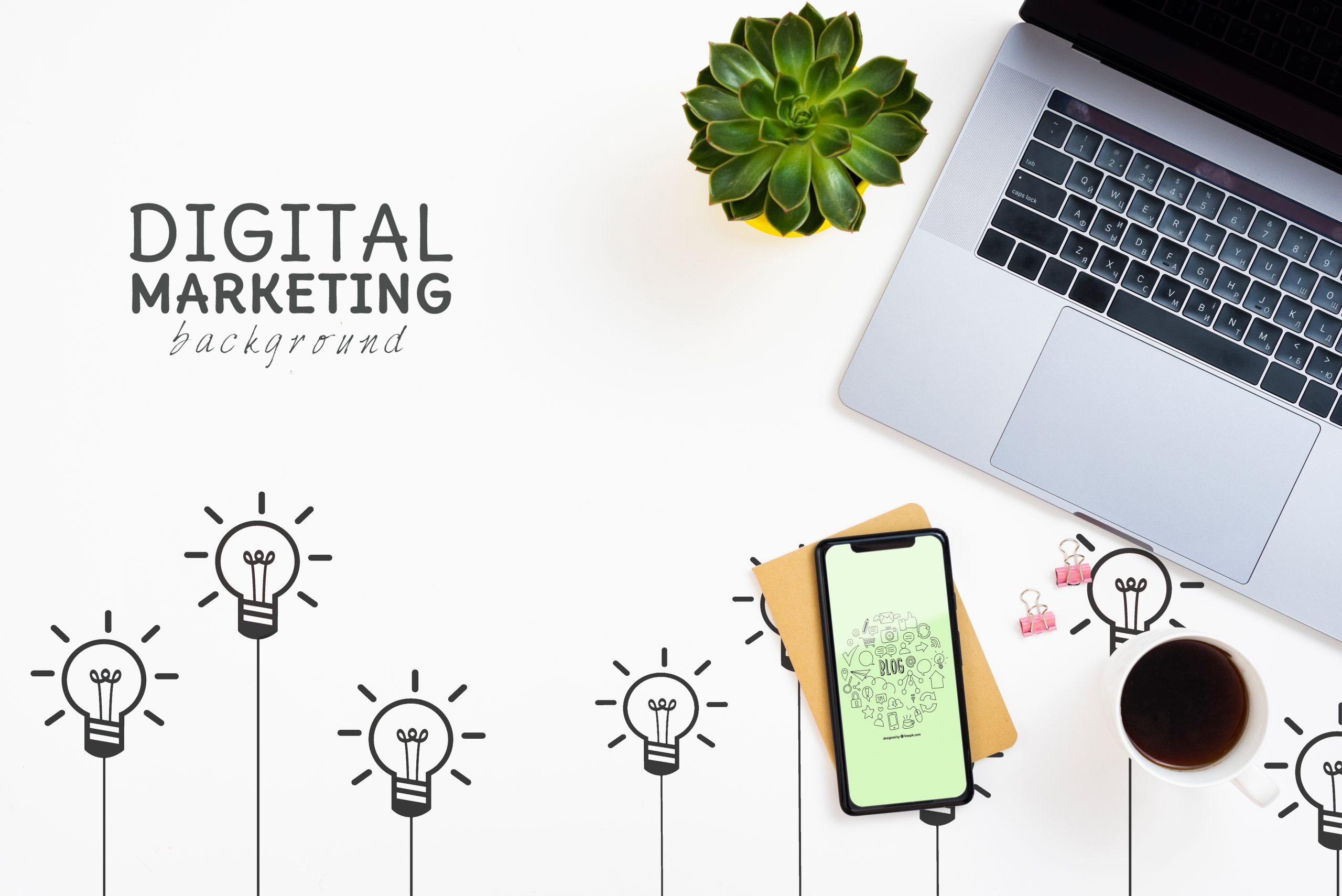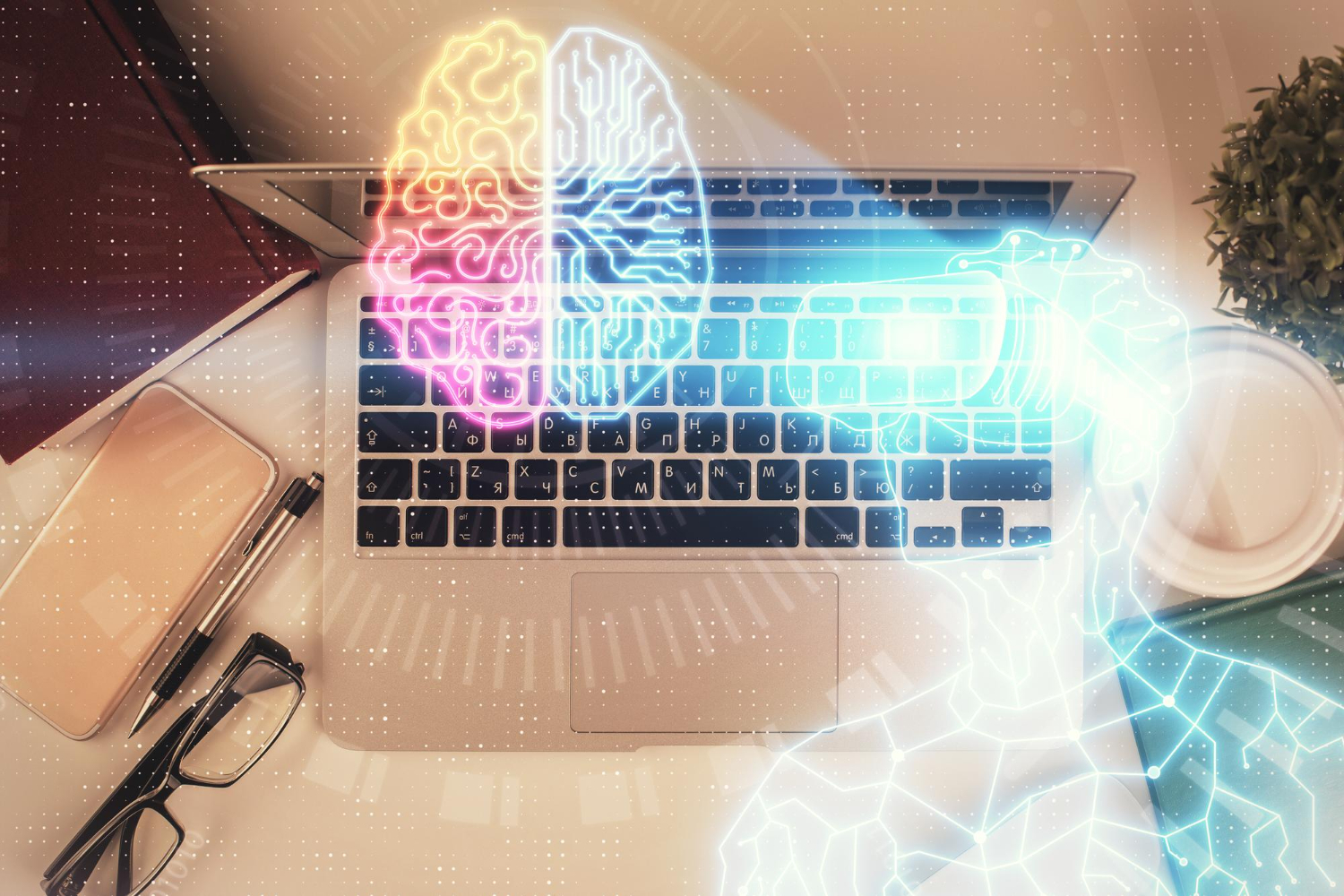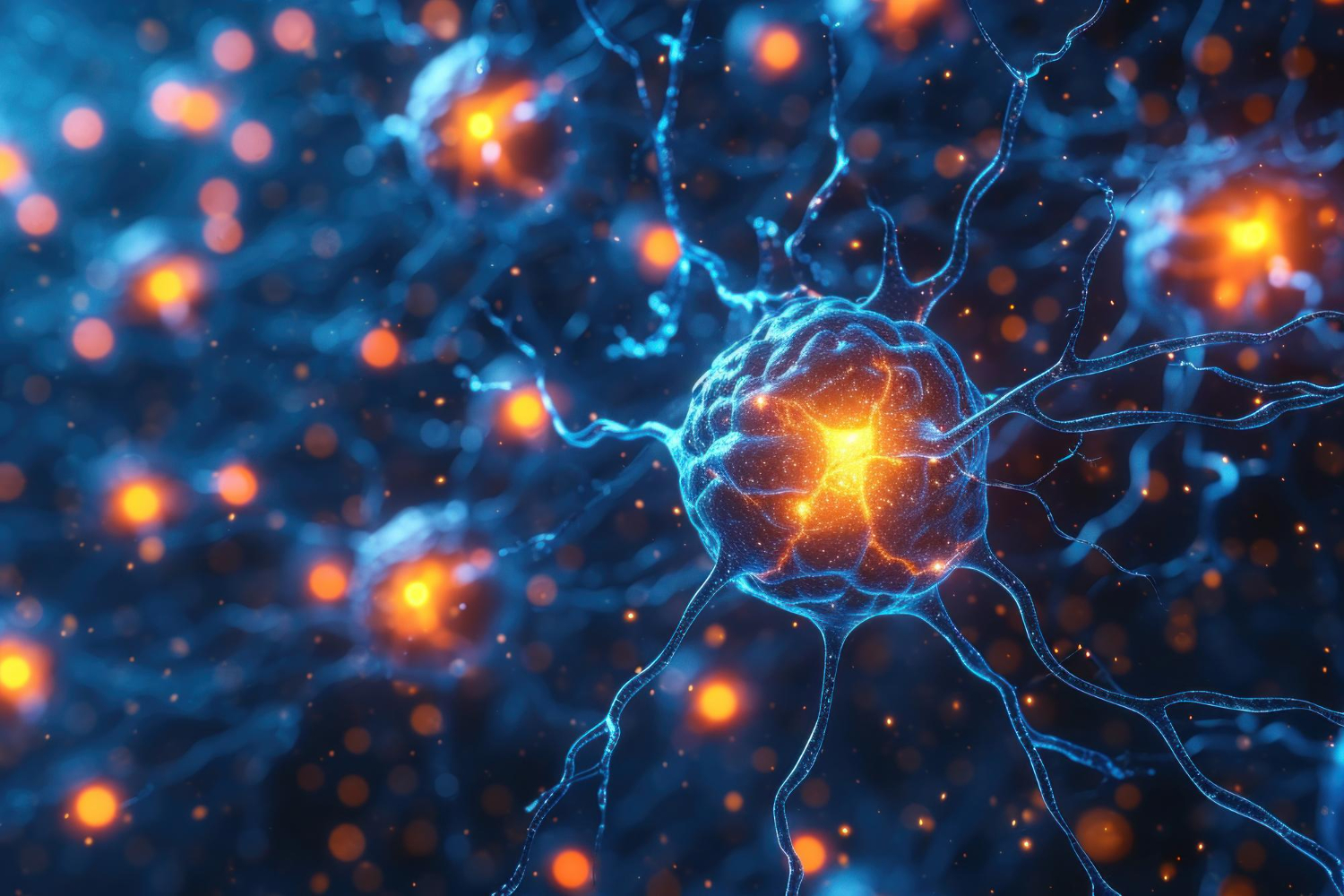
In today’s digital era, where countless websites are vying for user attention, customer web design choices play a pivotal role in determining a business’s success. Enter neuroaesthetics – the art of creating visually appealing websites that captivate the visitor’s mind. By leveraging the principles of neuroscience, businesses can enhance the predictability of customer choices and steer them towards desired actions.
Neuroaesthetics explores how the human brain responds to visual stimuli, helping web designers craft engaging and conversion-optimized experiences. From the strategic placement of call-to-action buttons to the selection of color schemes that evoke specific emotions, every element is meticulously designed to elicit desired responses. By understanding the cognitive processes behind decision-making, businesses can create websites that not only attract but also convert visitors into loyal customers.
In this article, we delve into the fascinating world of neuroaesthetics and its impact on customer web design choices. We explore the science behind its effectiveness, highlight key strategies that businesses can utilize, and provide real-life examples of successful implementation. So, join us as we uncover the art of predictability through the lens of neuroaesthetics and discover how it can revolutionize your web design choices, ultimately leading to greater customer engagement and conversion rates.
Understanding the psychology of customer web design choices
In today’s highly competitive digital landscape, businesses are constantly striving to capture the attention of users and convert them into loyal customers. One of the key factors that can make or break a website’s success is the design choices made by businesses. To truly understand how to effectively design a website that resonates with users, it is important to delve into the psychology behind customer web design choices.
Human beings are inherently wired to seek predictability and familiarity. Our brains are wired to quickly process familiar patterns and make decisions based on past experiences. When it comes to web design, this means that customers are more likely to engage with a website that feels familiar and aligns with their expectations. By understanding this fundamental aspect of human psychology, businesses can leverage neuroaesthetics to enhance predictability and create websites that resonate with users.
The predictability of a website’s design can be achieved through various elements such as layout, navigation, and visual cues. Consistent placement of important elements, intuitive navigation menus, and clear visual hierarchies all contribute to creating a predictable user experience. When users can easily navigate a website and find what they are looking for without any confusion, they are more likely to stay engaged and take desired actions.
However, it is important to strike a balance between predictability and creativity. While predictability is crucial for creating a sense of familiarity, incorporating unique and innovative design elements can also help capture the user’s attention and differentiate a website from its competitors. By understanding the psychology behind customer web design choices, businesses can strike this balance and create websites that effectively engage and convert users.
The role of predictability in web design
Predictability plays a crucial role in web design as it helps users navigate a website with ease and find what they are looking for quickly. When users encounter a predictable design, they can rely on their past experiences to guide their actions and make decisions. This creates a sense of trust and familiarity, which in turn enhances the user experience and increases the likelihood of desired actions such as making a purchase or submitting a contact form.
One of the key aspects of predictability in web design is consistency. Consistency in design elements such as color schemes, typography, and layout helps users develop mental models of how a website functions. When users encounter consistent design elements across different pages of a website, they can quickly understand how to interact with various components and navigate the site effortlessly.
Another important aspect of predictability is the strategic placement of call-to-action buttons. By placing these buttons in predictable locations, such as at the end of a product description or in the upper right corner of a website, businesses can guide users towards desired actions. Predictable placement creates a sense of flow and reduces cognitive load, making it easier for users to make decisions.
Predictability in web design is not about creating a cookie-cutter design that looks like every other website in the industry. It is about understanding the underlying principles of human psychology and using them to create a design that feels familiar and aligns with user expectations. By leveraging neuroaesthetics, businesses can enhance predictability and create websites that effectively engage and convert users.

Applying neuroaesthetics principles in web design
Neuroaesthetics is the study of how the human brain responds to visual stimuli, and it provides valuable insights into creating visually appealing websites. By applying the principles of neuroaesthetics, businesses can design websites that captivate the visitor’s mind and enhance the predictability of customer choices.
One of the key principles of neuroaesthetics is the concept of visual hierarchy. Visual hierarchy refers to the arrangement of visual elements in a way that guides the user’s attention and creates a sense of order and importance. By strategically placing important elements such as headlines, images, and call-to-action buttons, businesses can direct the user’s focus and influence their decision-making process.
Color and typography also play a significant role in neuroaesthetics. Different colors evoke different emotions and can have a profound impact on customer behavior. For example, warm colors like red and orange can create a sense of urgency and encourage immediate action, while cool colors like blue and green can evoke a sense of calmness and trust. Similarly, typography choices can convey brand personality and influence user perception.
In addition to visual elements, the use of white space in web design can also enhance predictability. White space refers to the empty space between design elements, and it helps create a sense of balance and clarity. By allowing design elements to breathe and avoiding clutter, businesses can create a visually appealing and predictable user experience.
By applying the principles of neuroaesthetics in web design, businesses can create visually appealing websites that captivate the visitor’s mind and enhance predictability. From the strategic placement of visual elements to the selection of color schemes and typography, every design choice can be optimized to elicit desired responses and guide users towards desired actions.
The impact of color and typography on customer behavior
Color and typography are powerful tools that can significantly impact customer behavior and influence their decision-making process. By understanding the psychology behind color and typography, businesses can make informed design choices that align with their brand identity and evoke desired emotions in customers.
Color psychology is the study of how different colors affect human emotions and behaviors. Different colors have different meanings and can evoke specific emotions. For example, red is often associated with urgency and excitement, while blue is associated with trust and reliability. By carefully selecting color schemes that align with their brand identity and the desired emotional response, businesses can create a visually appealing website that resonates with users.
Typography choices also have a profound impact on customer behavior. Different fonts convey different personalities and can influence how users perceive a brand. For example, a bold and modern font may convey a sense of innovation and forward-thinking, while a classic and elegant font may evoke a sense of tradition and reliability. By selecting typography that aligns with their brand personality, businesses can create a cohesive and engaging user experience.
When it comes to color and typography, it is important to strike a balance between creativity and usability. While it is important to stand out from the competition and create a unique brand identity, it is equally important to consider usability and legibility. Choosing colors and fonts that are difficult to read or understand can lead to a frustrating user experience and hinder the predictability of customer choices.
By carefully considering the impact of color and typography on customer behavior, businesses can make informed design choices that effectively engage and convert users. Understanding the psychology behind these elements allows businesses to create visually appealing websites that resonate with users and enhance the predictability of customer choices.
Enhancing user experience through neuroaesthetics
User experience is a critical factor in determining the success of a website. By leveraging the principles of neuroaesthetics, businesses can enhance the user experience and create websites that captivate and convert users.
One of the key principles of neuroaesthetics that can enhance user experience is the concept of visual harmony. Visual harmony refers to the balance and coherence of design elements, and it creates a sense of order and unity. By ensuring that design elements such as color, typography, and layout work together harmoniously, businesses can create a visually appealing and engaging user experience.
Another important aspect of user experience is the concept of cognitive load. Cognitive load refers to the amount of mental effort required to process information. By reducing cognitive load, businesses can create a seamless and effortless user experience. This can be achieved through the strategic use of white space, clear visual hierarchies, and intuitive navigation menus.
In addition to visual elements, businesses can enhance user experience through the use of microinteractions. Microinteractions are subtle animations or visual cues that provide feedback and guide the user’s actions. For example, a button that changes color when hovered over or a progress bar that indicates the completion of a task can enhance user engagement and make the website feel more interactive.
By incorporating neuroaesthetics principles into web design, businesses can create websites that not only attract but also engage and convert users. By enhancing the user experience through visual harmony, reducing cognitive load, and incorporating microinteractions, businesses can create a seamless and enjoyable user experience that keeps users coming back for more.

Case studies on successful implementation of neuroaesthetics in web design
To truly understand the power of neuroaesthetics in web design, let’s take a look at some real-life case studies of businesses that have successfully implemented neuroaesthetics principles to enhance customer web design choices.
- Apple: Apple is known for its clean and minimalist design aesthetic, which aligns with their brand identity of simplicity and innovation. The use of white space, simple typography, and intuitive navigation menus creates a visually appealing and predictable user experience. By leveraging neuroaesthetics, Apple has created a design that resonates with users and enhances the predictability of customer choices.
- Airbnb: Airbnb’s website design is a great example of how color and typography can enhance customer behavior. The use of warm and inviting colors, combined with friendly and approachable typography, creates a sense of trust and encourages users to explore and book accommodations. By carefully considering the impact of color and typography on customer behavior, Airbnb has created a visually appealing and engaging user experience.
- Nike: Nike’s website design is a testament to the power of visual hierarchy. The strategic placement of important elements such as product images, call-to-action buttons, and user testimonials guides the user’s attention and influences their decision-making process. By leveraging visual hierarchy, Nike has created a design that effectively engages and converts users.
These case studies highlight the effectiveness of neuroaesthetics in web design and demonstrate how businesses can leverage these principles to enhance customer web design choices. By understanding the psychology behind customer behavior and incorporating neuroaesthetics principles, businesses can create visually appealing and conversion-optimized websites that captivate and convert users.
Tools and resources for incorporating neuroaesthetics in web design
Incorporating neuroaesthetics principles into web design may seem like a daunting task, but there are numerous tools and resources available to help businesses create visually appealing and conversion-optimized websites.
- Color psychology tools: Tools like Adobe Color and Coolors can help businesses select color schemes that align with their brand identity and evoke desired emotions in customers. These tools provide color palettes and generate complementary colors based on the input provided.
- Typography resources: Websites like Google Fonts and Typekit offer a wide range of fonts that businesses can use to convey their brand personality. These resources provide a vast collection of fonts, along with options for customization and integration into web design projects.
- Design prototyping tools: Tools like Sketch, Figma, and Adobe XD allow businesses to create interactive prototypes of their web designs. These tools provide a visual interface for designing and testing user interactions, helping businesses refine their designs and optimize the user experience.
- User testing platforms: Platforms like UserTesting and Hotjar enable businesses to conduct usability testing and gather feedback from real users. These platforms provide valuable insights into how users interact with a website and can help identify areas for improvement.
By utilizing these tools and resources, businesses can incorporate neuroaesthetics principles into their web design process and create visually appealing and conversion-optimized websites that captivate and convert users.
The future of neuroaesthetics in customer web design
Neuroaesthetics is a rapidly evolving field, and its impact on customer web design choices is only expected to grow in the future. As technology advances and our understanding of human psychology deepens, businesses will have even more tools and techniques at their disposal to create engaging and conversion-optimized websites.
Advancements in artificial intelligence and machine learning are likely to play a significant role in the future of neuroaesthetics. These technologies can analyze vast amounts of data and provide valuable insights into user preferences and behavior. By leveraging these insights, businesses can create highly personalized and tailored web experiences that resonate with individual users.
Virtual reality (VR) and augmented reality (AR) are also expected to revolutionize customer web design choices. These technologies offer immersive and interactive experiences that can engage users on a whole new level. By incorporating neuroaesthetics principles into VR and AR experiences, businesses can create truly captivating and memorable web experiences.
As businesses continue to recognize the importance of customer web design choices in driving success, the integration of neuroaesthetics principles will become increasingly prevalent. By understanding the psychology behind customer behavior and leveraging the power of neuroaesthetics, businesses can create visually appealing and conversion-optimized websites that captivate and convert users.
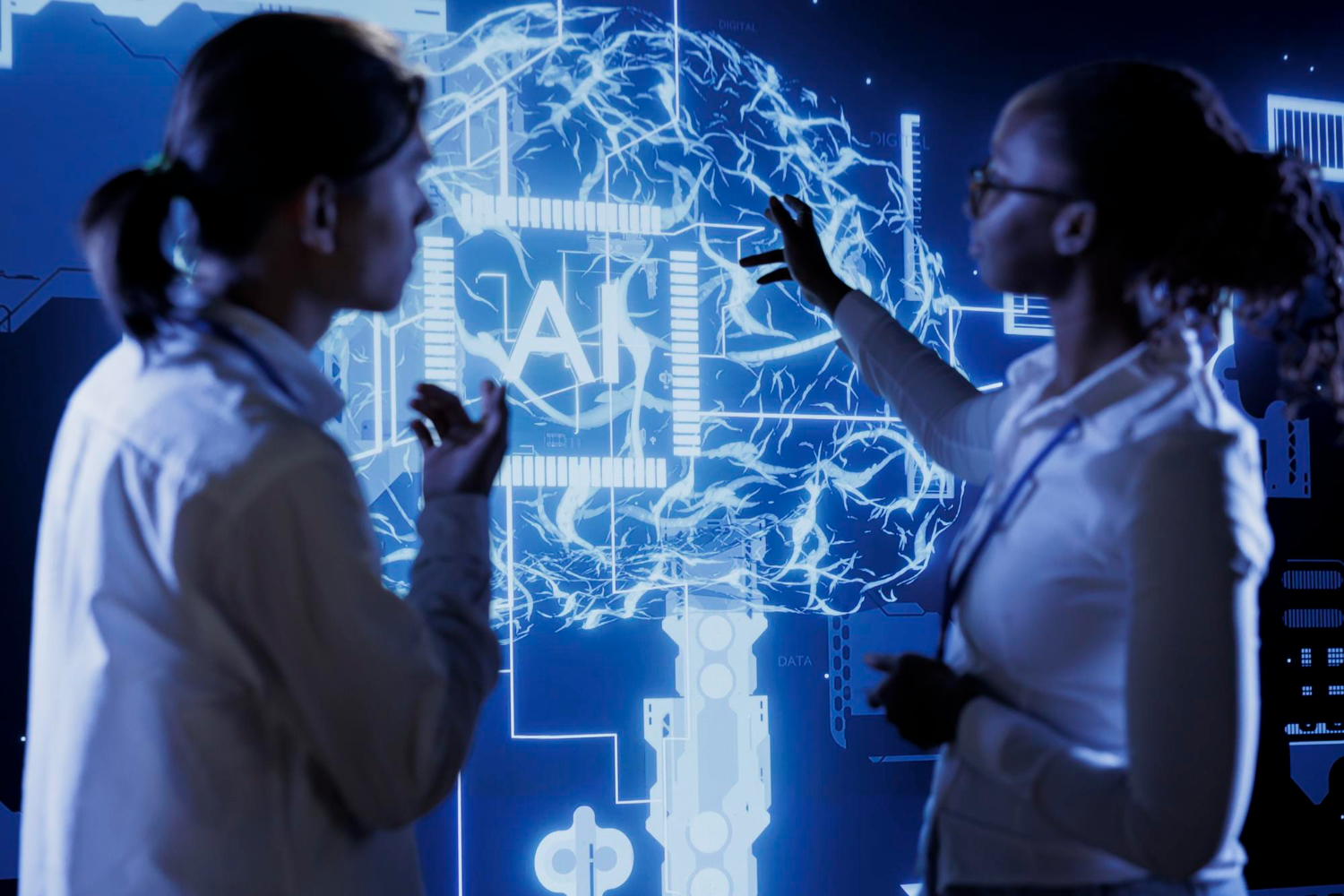
Conclusion: Harnessing the power of neuroaesthetics for effective web design
In today’s digital era, where countless websites are vying for user attention, businesses must carefully consider their web design choices to stand out from the competition. By incorporating neuroaesthetics principles, businesses can create visually appealing and conversion-optimized websites that captivate and convert users.
Understanding the psychology behind customer web design choices is crucial for effective web design. By leveraging the principles of neuroaesthetics, businesses can enhance the predictability of customer choices and create websites that resonate with users. From the strategic placement of visual elements to the selection of color schemes and typography, every design choice can be optimized to elicit desired responses and guide users towards desired actions.
Neuroaesthetics provides valuable insights into how the human brain responds to visual stimuli, and it offers a framework for creating visually appealing websites. By applying the principles of neuroaesthetics, businesses can enhance the user experience, create a sense of predictability, and ultimately increase customer engagement and conversion rates.
As technology continues to advance and our understanding of human psychology deepens, the future of neuroaesthetics in customer web design is promising. By harnessing the power of neuroaesthetics, businesses can create visually appealing and conversion-optimized websites that captivate and convert users, leading to greater success in the digital landscape. So, embrace the art of predictability through neuroaesthetics and revolutionize your web design choices today.
